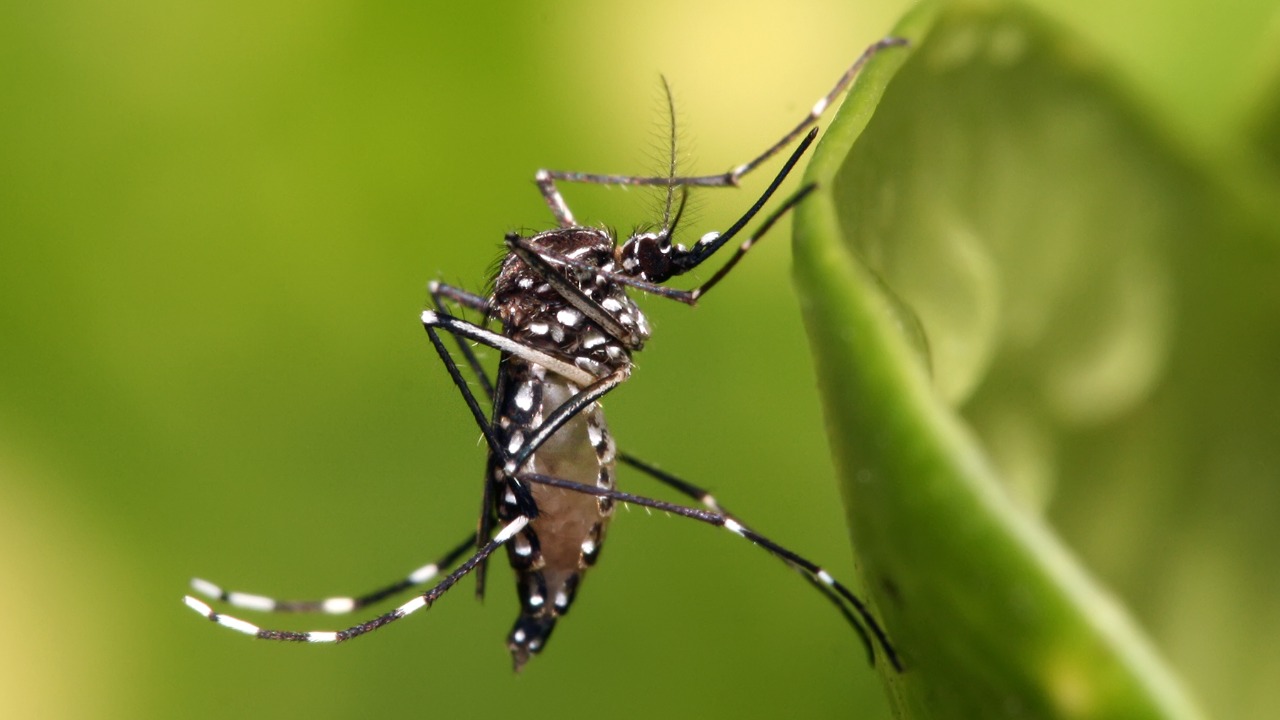
Recent research has unveiled that the pesky subway mosquitoes, often encountered in underground transit systems worldwide, have evolutionary roots tracing back to ancient Mediterranean cities. This discovery challenges the prevailing notion that these mosquitoes are a product of modern urban environments. Instead, they are linked to species such as Culex pipiens, which likely thrived in the humid, sheltered environments of early urban infrastructure like aqueducts and sewers built by ancient civilizations in regions such as Italy and Greece. This finding, detailed in a Science News report, highlights how human engineering inadvertently fostered mosquito populations that continue to thrive today.
Evolutionary Timeline of Subway Mosquitoes
Genetic evidence suggests that subway mosquitoes diverged from their wild ancestors millennia ago. DNA analysis indicates that adaptations for urban survival began as early as the Bronze Age or even earlier. Fossil records and molecular clock studies pinpoint the initial evolutionary split to approximately 3,000–5,000 years ago, specifically in Mediterranean climates. This timeline suggests that the mosquitoes’ evolution was significantly influenced by the environmental conditions and human activities of the time.
Ancient human activities, such as irrigation and waste management, played a crucial role in selecting for mosquito traits that favored survival in confined, dark spaces. These activities created ideal breeding grounds for mosquitoes, inadvertently encouraging the development of traits that allowed them to thrive in urban settings. As a result, the mosquitoes adapted to environments that closely resemble modern subway systems, with their humid and sheltered conditions.
Ancient Mediterranean Origins
Archaeological sites in cities like Rome and Athens reveal early mosquito breeding sites, including underground cisterns, which mirror the conditions found in modern subways. These sites supported populations of Culex pipiens mosquitoes millennia ago. Paleoenvironmental data from sediment cores further reveal high mosquito activity in urban areas dating back to the Hellenistic period, underscoring the long-standing presence of these pests in human settlements.
The spread of these evolved mosquitoes was facilitated by trade routes across the Mediterranean. Ancient ports served as hubs for the dissemination of these mosquitoes to inland settlements, allowing them to establish populations in diverse environments. This historical movement laid the groundwork for the widespread presence of subway mosquitoes in contemporary urban areas.
Adaptations for Underground Life
Subway mosquitoes have undergone significant physiological changes to adapt to underground life. One such adaptation is their enhanced ability to lay eggs in stagnant water, a trait that evolved millennia ago to exploit ancient urban water systems. These mosquitoes have also exhibited behavioral shifts, such as a reduced flight range and a preference for artificial light, which can be traced through comparative genomics to their Mediterranean origins thousands of years ago.
Ecological studies have shown that these mosquitoes possess a remarkable resistance to urban pollutants, a trait likely fixed in ancient city environments like those of the Roman Empire. This resistance has enabled them to thrive in modern urban settings, where pollution levels can be high. Understanding these adaptations is crucial for developing effective pest control strategies in today’s subway systems.
Modern Implications and Research
The understanding of subway mosquitoes’ millennia-old evolution in ancient Mediterranean cities has significant implications for current pest control strategies. By recognizing the historical adaptations that have allowed these mosquitoes to thrive in urban environments, pest control efforts can be better tailored to target their specific vulnerabilities. This knowledge is particularly relevant for global subway networks, from New York to London, where these mosquitoes are a common nuisance.
Ongoing genetic mapping projects aim to link contemporary subway mosquito strains directly to their ancient Mediterranean lineages. These projects provide valuable insights into the genetic makeup of these mosquitoes, offering potential avenues for targeted interventions. Additionally, the long-standing adaptation of these mosquitoes to urban environments raises concerns about public health risks, such as disease transmission, in today’s transit systems. Addressing these risks requires a comprehensive understanding of the mosquitoes’ evolutionary history and their current ecological dynamics.
More from MorningOverview